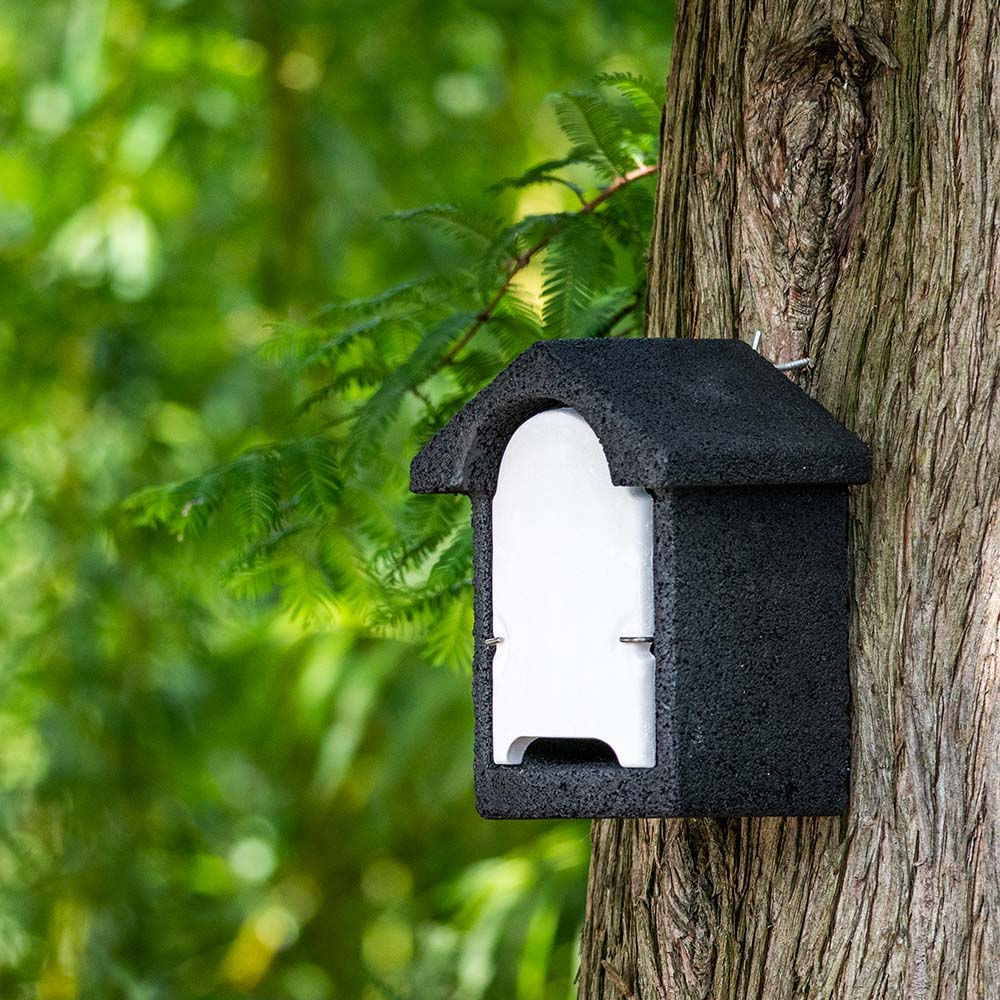Celebrate International Bat Weekend 30th - 31st August
Bats might not be the first animals that come to mind when you think of British wildlife, but they make up nearly a quarter of the UK's native mammal species, with 18 species calling our countryside, towns and gardens home.
Thanks to conservation efforts, some bat populations are starting to recover after decades of decline. But the fight isn’t over yet. Bats still face serious threats from habitat loss, climate change and modern challenges like light pollution, which disrupts their natural behaviour.
The good news? There’s still time to make a difference. By protecting and improving habitats, reducing artificial light, and making space for bats in our outdoor spaces, we can all play a part in helping these fascinating nocturnal creatures flourish.

How Can I Help Bats?
There are loads of things that you can do to make your home a bat-friendly space. For a start, building a pond or leaving a space of your garden to grow wild can be beneficial to bats as it encourages insects for them to feed on. The easiest way to help your bats is to hang up a bat box. Bat Boxes are artificial roosts that give bats a place to rest and raise their young; natural roosting sites like old buildings and old trees are in decline so this is a major help.
View Bat Boxes
I have a bat in my roof, what can I do?
In the UK, bats and their roosts are protected by law. Having bats in your property is usually nothing to worry about – they don’t cause damage and make ideal, quiet lodgers. By welcoming them back each year, you’re helping support local bat populations, especially as many natural roosting sites have disappeared.
Advice from the Bat Conservation Trust
Find Out More with Bat Conservation Trust
We caught up with the Bat Conservation Trust to discuss all the ways we can help bats thrive in the UK.
Read the Q&A
Can bats see?
Bats are not actually blind. They have incredibly sensitive vision which means they can see in the dark far better than humans and most other mammals. When combined with their impressive hearing (echolocation) this makes them very adept at catching insects during the night.

Why do bats hang upside down?
Bats are the only mammals that can fly, but they struggle to take off from the floor due to their ratio of weight to wing power. However, if they fall then they can continue to fly. The reason they hang upside down is because the tendons in their toes are different to birds so they cannot grip their perch whilst upright. Being upside down allows them to effectively grip so that they only have to let go to start flying.

What do bats eat?
Bats eat insects, and an impressive amount of them. Some nights a single bat will eat over a thousand insects - this is why they are vital for pest control.










